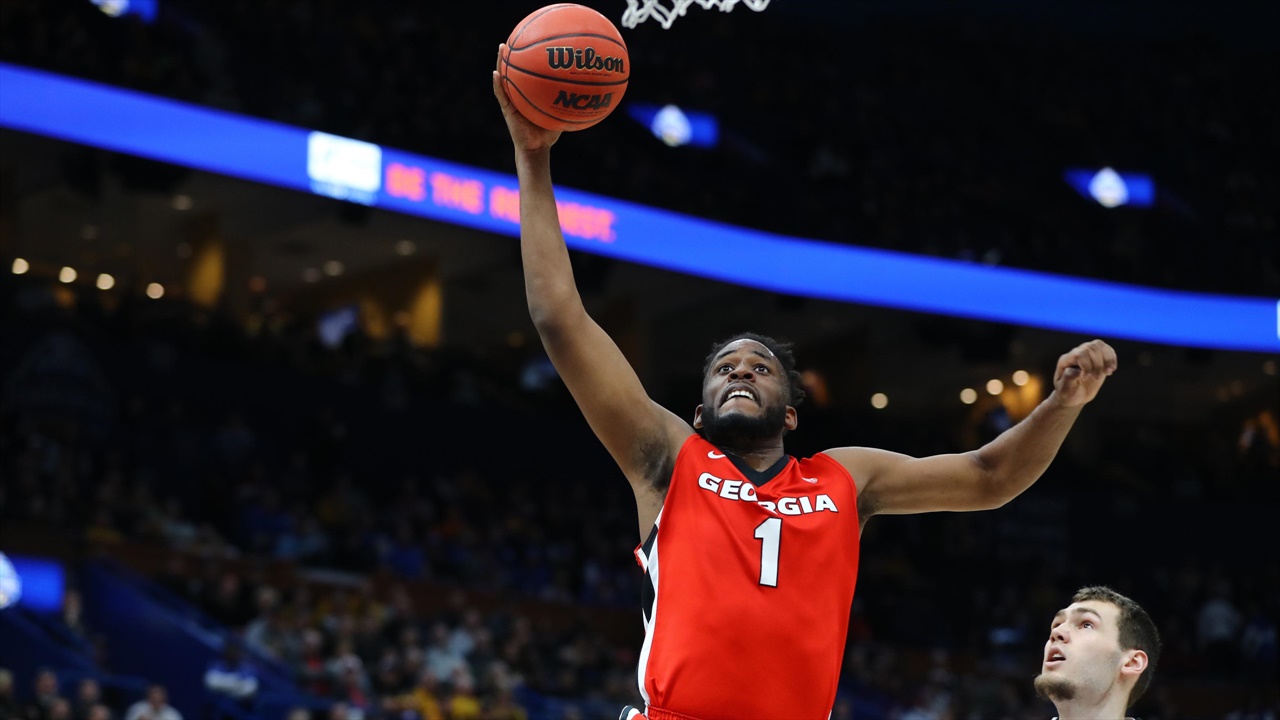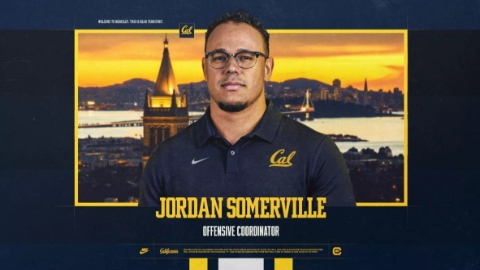Breaking Down Mark Fox’s Player Development History

When Yante Maten enrolled at the University of Georgia in the fall of 2014, it wasn’t with the same hoopla that greenhorn players at other schools — like conference foe Kentucky — receive. Maten, a 6-8 210-pound power forward from Pontiac, Michigan, surprised the few recruiting experts following his recruitment by picking the Bulldogs over Michigan State and Indiana. He was part of a two-man recruiting class joining Mark Fox’s squad that ranked 110th in the nation and last in the SEC. Fast-forward four years to Maten’s senior campaign, and the 225th-ranked recruit in the nation was awarded the outright SEC Player of the Year by Associated Press sports writers.
That’s the type of player development and diamond in the rough picking Cal fans could get used to.
Over Fox’s nine seasons at Georgia, he recruited and spent four years developing 10 players. Another two — William Jackson and Derek Ogbeide exhausted their eligibility the season after Fox was fired, spending three years with Fox. You’d obviously like to see more players exhaust their eligibility under Fox from start to finish, but in today’s game, that’s becoming increasingly rare. The highest-ranked player to spend all four years with Fox was Marcus Thornton, who had a 247 Sports ranking of 121. The lowest ranked recruits were Donte’ Williams and Vincent Williams — both of which had rankings of 263 — and Dustin Ware who didn’t have a recruiting ranking.
We combed through KenPom data to examine how the 10 players to exhaust their eligibility developed under Mark Fox. The data also includes the first three years of Jackson and Ogbeide, meaning the senior year is an average of 10 data points and the other three years include an average of a dozen data points.
First, remember the offensive rating (ORtg) in its simplest form is essentially points produced per possession used by a player, or offensive efficiency. Around 100 is average and the higher the score, the better. An example from Cal’s season is out of those players with at least a 12% possession rate, Andre Kelly and Justice Sueing had the highest ORtg at 108.3 and 108.2, respectively. Juhwan Harris-Dyson had the lowest at 81.9. Yante Maten went from a 95.1 ORtg with a very high 27.4% possession rate his freshman year. While his possession rate stayed basically the same at 28.3% his senior year, the ORtg jumped 21 full points to 116.1. That’s the type of ORtg you want to see with someone using over a quarter of your possessions while on the court.
These numbers are almost useless, however, without considering %possession rate. The %possession rate is the rate at which an offensive possession ends with a player (shot taken, free throws, or turnover). The average %possession rate is 20%, but obviously, you want a player with the highest ORtg also with the highest #poss. Last year, Sueing also had the highest %poss rate at 22.2%, so the Bears were doing that right.
As you can see from the table above, players progressed in becoming more efficient under Fox, with the biggest jump happening between the first and second year. The average %possession rate also increased, although at a lower rate. Generally speaking, that’s a good thing because you want your more experienced players using the possessions.
You can also see significant increases from freshman to senior year in field goal efficiency and true shooting percentages, albeit with a dip in field goal efficiency during the senior year.
While Fox’s players certainly got better at not turning the ball over as frequently, there were virtually no improvements in assist rates, defensive rebounding, and a slight decrease in offensive rebounding.
What can we glean from this data? For one, it’s better to have upper-classmen. Older players are simply more efficient on offense. They turn the ball over much less and shoot better. Simply having a roster where significant contributors are sophomores and older is an advantage. You probably want to see the ORtg a little higher for seniors (110 is considered a good number). And the eFG% could be higher senior year. But overall, player development shouldn’t be the issue for Fox — for the veteran coach it will come down to wooing and retaining more talented players.



